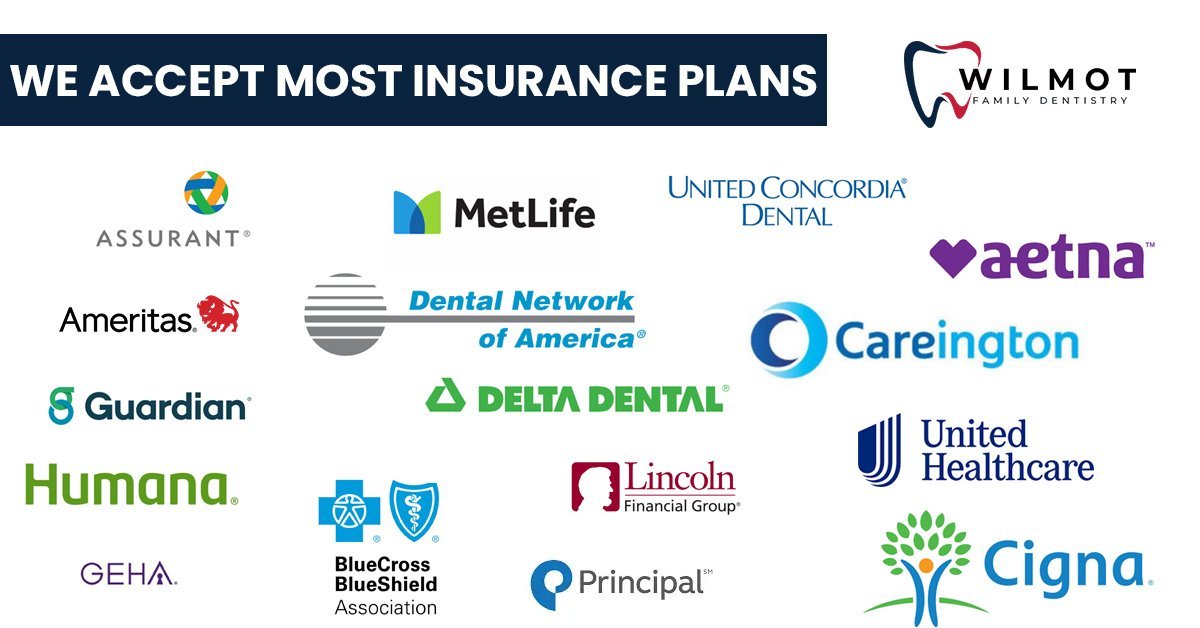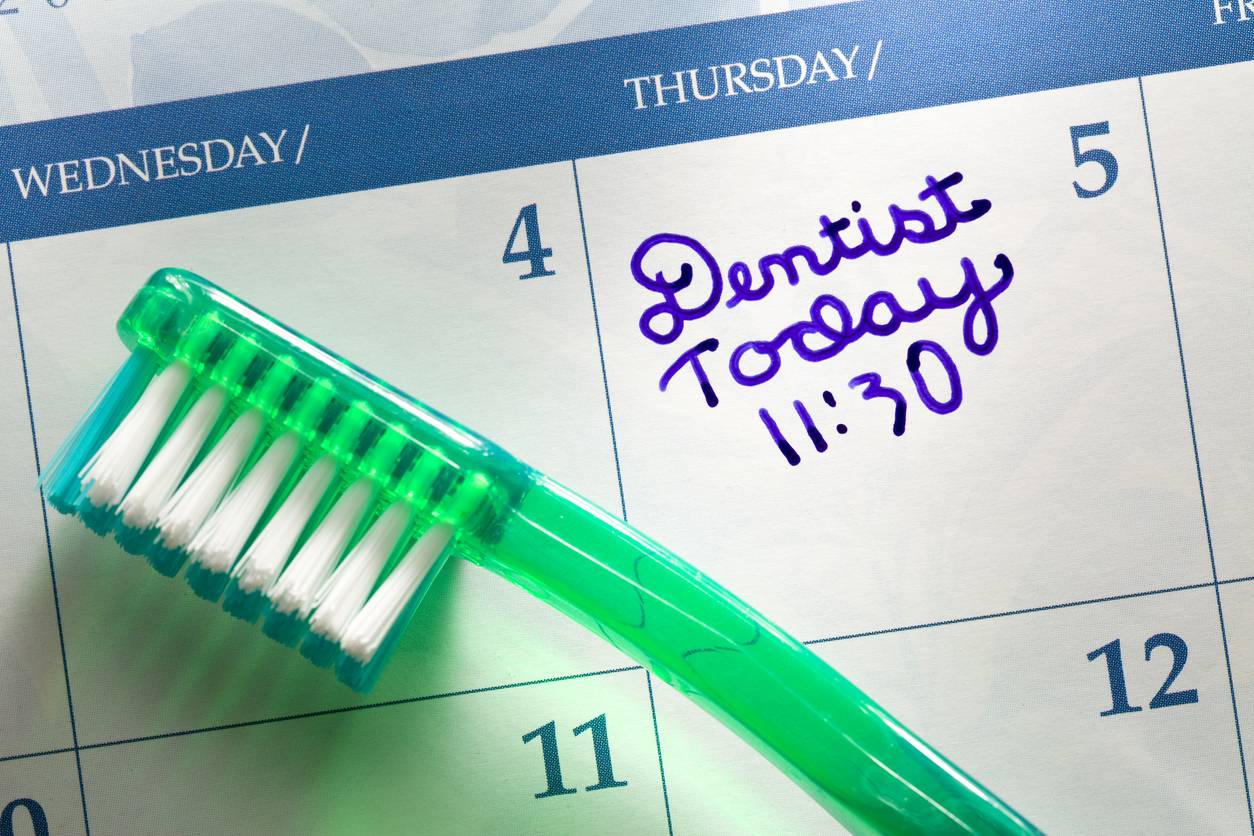Best dental insurance plans can help you manage the cost of dental care and ensure you receive the treatment you need. Dental insurance works by covering a portion of your dental expenses, making it more affordable to maintain good oral health. There are various types of plans available, each with its own set of coverage, benefits, and costs.
Choosing the right dental insurance plan is essential, as it can significantly impact your out-of-pocket expenses. It’s important to consider factors like coverage, premiums, deductibles, copayments, waiting periods, and network limitations when making your decision.
Key Factors to Consider When Choosing a Plan

Choosing the right dental insurance plan can be a daunting task, as many factors come into play. To make an informed decision, it’s crucial to understand the key elements that influence your choice.
Coverage
The type of coverage offered by a dental insurance plan is a critical factor. It determines the specific dental services covered, such as preventive care, basic procedures, major services, and even cosmetic treatments. Some plans may offer limited coverage, while others provide comprehensive protection. Understanding the scope of coverage is essential to ensure the plan aligns with your dental needs.
Premiums
Dental insurance premiums are the monthly or annual costs you pay for the plan. Premiums vary depending on factors like the level of coverage, age, location, and the insurer’s pricing structure. It’s crucial to consider your budget and compare premiums from different insurers to find a plan that fits your financial capacity.
Deductibles
A deductible is the amount you pay out-of-pocket before your insurance coverage kicks in. Higher deductibles typically result in lower premiums, while lower deductibles mean higher premiums. Evaluating your risk tolerance and anticipated dental expenses can help determine the suitable deductible level.
Copayments
Copayments are fixed amounts you pay for specific dental services after meeting your deductible. Copayments can vary depending on the type of service, with higher copayments for more complex procedures. Understanding the copayment structure can help you estimate the out-of-pocket expenses for different treatments.
Waiting Periods
Waiting periods are the timeframes you must wait before certain services are covered by your insurance. These periods can vary depending on the service, with longer waiting periods for major procedures. Knowing the waiting periods allows you to plan your dental care accordingly.
Network Limitations
Dental insurance plans often have networks of dentists and specialists they cover. This means you may need to choose a dentist within the network to receive full coverage. It’s essential to check the network coverage area and ensure that your preferred dentist is included.
Individual Dental Needs
Your personal dental needs and health history play a significant role in choosing the right plan. If you have specific dental issues or require frequent dental care, a plan with comprehensive coverage and lower deductibles may be preferable.
Budget Constraints
Your budget is a crucial factor to consider. Balancing the cost of premiums, deductibles, and copayments with the level of coverage is essential. Evaluating your financial capacity and prioritizing your dental needs can help you find a plan that fits your budget.
Cost Considerations
When choosing a dental insurance plan, cost is a major factor to consider. Different plans have varying costs, so it’s crucial to understand the different cost components and how they affect your overall expenses.
Cost Factors
The cost of dental insurance plans can vary greatly depending on several factors. Here are some of the key cost factors to consider:
- Plan Type: Dental insurance plans are typically categorized into three main types:
- Dental HMO (Health Maintenance Organization): These plans typically have lower premiums but limited network choices and require you to choose a primary care dentist within the network.
- Dental PPO (Preferred Provider Organization): These plans offer more flexibility with network choices, but premiums are usually higher. You can see out-of-network dentists, but you’ll pay higher out-of-pocket costs.
- Dental EPO (Exclusive Provider Organization): These plans offer a middle ground between HMOs and PPOs, with more network options than HMOs but less flexibility than PPOs. Premiums are generally lower than PPOs but higher than HMOs.
- Coverage Levels: Different plans offer varying levels of coverage, which directly impacts the cost. Plans with higher coverage levels, such as those covering more extensive procedures, typically have higher premiums.
- Deductible: The deductible is the amount you pay out-of-pocket before your insurance coverage kicks in. A higher deductible usually means a lower premium, and vice versa.
- Copayments: Copayments are fixed amounts you pay for each service, such as a dental cleaning or filling. Higher copayments generally result in lower premiums.
- Maximum Benefit: The maximum benefit is the total amount your insurance will pay for covered services in a year. Plans with higher maximum benefits typically have higher premiums.
- Geographic Location: The cost of dental insurance can vary depending on your location. Factors like the cost of living and the density of dentists in your area can affect premiums.
- Age and Health: Your age and overall health can also influence your dental insurance premium. Younger individuals with good dental health generally pay lower premiums.
Premium Costs
The premium is the monthly or annual amount you pay for your dental insurance plan. Premiums can vary significantly based on the factors mentioned above.
It’s important to compare premiums from different insurers and plan types to find the most affordable option that meets your needs.
Deductibles
The deductible is the amount you pay out-of-pocket for dental services before your insurance coverage starts.
For example, if your deductible is $100 and you have a $500 dental procedure, you would pay the first $100, and your insurance would cover the remaining $400.
Copayments
Copayments are fixed amounts you pay for specific dental services. They are typically a set amount per visit or procedure.
For instance, you might pay a $20 copayment for a dental cleaning or a $50 copayment for a filling.
Out-of-Pocket Expenses
Out-of-pocket expenses are the total costs you pay for dental care, including premiums, deductibles, copayments, and any services not covered by your insurance.
To estimate your potential out-of-pocket expenses, consider the factors mentioned above, such as the plan type, coverage levels, deductible, copayments, and maximum benefit.
Cost-Effectiveness
Dental insurance can be cost-effective in the long run, especially if you need regular dental care or have a history of dental issues.
By spreading the cost of dental care over time, insurance can help you avoid large out-of-pocket expenses for unexpected procedures.
Alternatives to Traditional Dental Insurance: Best Dental Insurance Plans

If traditional dental insurance isn’t your cup of tea, don’t fret! There are other ways to manage your dental care costs. These alternatives offer varying levels of coverage and flexibility, allowing you to choose the option that best fits your needs and budget.
Dental Discount Plans
Dental discount plans offer reduced rates on dental services from participating dentists. They don’t provide insurance coverage, but rather act as a membership program that gives you access to discounted prices.
These plans can be a good option for individuals who:
- Are generally healthy and only need occasional dental care.
- Don’t want to pay high monthly premiums for traditional insurance.
- Are looking for a more affordable way to access dental care.
However, there are also some drawbacks to consider:
- Discount plans don’t cover preventive care, like cleanings and exams.
- The discounts offered can vary depending on the service and the dentist.
- You’ll need to pay for services upfront and then submit a claim for reimbursement.
Health Savings Accounts (HSAs), Best dental insurance plans
HSAs are tax-advantaged savings accounts that allow you to set aside pre-tax dollars to pay for eligible medical expenses, including dental care.
These accounts are a great option for individuals who:
- Are enrolled in a high-deductible health plan (HDHP).
- Want to save money on taxes and control their healthcare spending.
- Are willing to pay a higher deductible in exchange for lower premiums.
The main benefits of HSAs include:
- Tax-deductible contributions.
- Tax-free withdrawals for qualified medical expenses.
- The money rolls over year to year.
However, HSAs also have some drawbacks:
- You need to be enrolled in an HDHP to be eligible.
- You’ll need to pay for services upfront and then submit a claim for reimbursement.
- There are limits on how much you can contribute each year.
Flexible Spending Accounts (FSAs)
FSAs are employer-sponsored accounts that allow you to set aside pre-tax dollars to pay for eligible medical expenses, including dental care.
These accounts are a good option for individuals who:
- Want to save money on taxes.
- Have predictable healthcare expenses.
- Are employed by a company that offers an FSA.
The main benefits of FSAs include:
- Tax-deductible contributions.
- Tax-free withdrawals for qualified medical expenses.
However, FSAs also have some drawbacks:
- You’ll need to pay for services upfront and then submit a claim for reimbursement.
- You may lose any unused funds at the end of the year.
- The amount you can contribute is limited.
Epilogue
Ultimately, finding the best dental insurance plan for you depends on your individual needs, budget, and dental care preferences. By understanding the different types of plans, coverage options, and cost considerations, you can make an informed decision that protects your oral health and your wallet.
Finding the best dental insurance plan can be a bit of a challenge, but it’s important to weigh your needs against the different coverage options. While you’re researching, don’t forget to consider other forms of insurance too, like business insurance online , which can protect your livelihood in the event of unforeseen circumstances.
Having a strong insurance portfolio can help you feel more secure and prepared for the future, whether it’s a dental emergency or a business-related issue.
